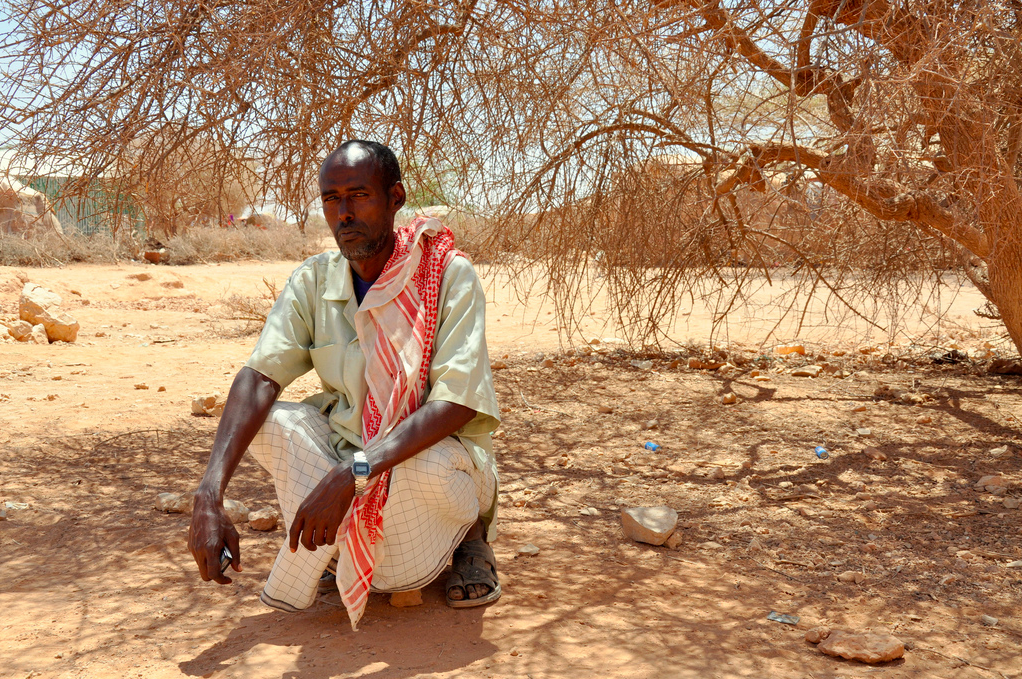Shaping the future: Our strategy for research and innovation in humanitarian response.

Shaping the future: Our strategy for research and innovation in humanitarian response.


Top image: Drought in Somaliland. OXFAM, East Africa
A few years ago a number of development agencies working together had a bright idea. They asked themselves why most projects were being planned without considering the risks to the project from disasters. They could see how projects were being undermined by predictable crises such as droughts, floods or heatwaves. These were severely impacting the poor communities the agencies were helping, often wiping out investments made in tackling poverty and building resilience. The bright idea that these agencies came up with was called “crisis modifiers”.
Crisis modifiers are designed to be ring-fenced with budget contingency lines, built into existing multi-year grants. These are set up to be released when agreed early warning triggers of emerging crises are met. The funding flows to early action activities to mitigate the crisis and/or provide a vital bridge until a humanitarian response arrives.
Crisis Modifiers are an exciting and innovative mechanism, and they’re in line with Start Network’s commitments to more anticipatory, earlier action in crises. However, in practice this approach suffers from three challenges that I think are currently preventing it from going to scale:
Imagine a national, collectively owned facility that could support NGOs, donors and agencies to protect development projects from predictable shocks. It would do this by providing cutting edge science to understand and quantify the risks to projects, support to plan the response actions needed to mitigate these risks and finance mechanisms that can automatically release the funding needed to protect the project, no matter the scale of event.
A Start Network initiative, called the Drought Financing Facility, could provide a proof of concept for this new generation of collective crisis modifiers focussing on the particular hazard of drought.
The Drought Financing Facility is envisaged as a network of national facilities, enabling faster and more coordinated response to protect communities in emerging droughts. What this means is that we use science to plan in advance when and where droughts are likely to happen and to pre-position the donor funding to respond early.
How this links back to crisis modifiers is that the facility can support an existing resilience programme, releasing funding to protect programme outcomes when abnormal soil moisture levels indicate an emerging drought.
This provides predictability – the risk is no longer held in the project budget, but is converted into an annual ‘premium’ and transferred out to a collectively owned facility that can pool this across different contexts and/or purchase re-insurance where needed. This ensures that there is the right money available to surge into the project, regardless of the scale of the crisis.
This provides efficiencies – by sharing the ‘science’ across different facilities, and creating a toolkit of standard operating procedures that can be adapted to each context.
This provides timeliness – by removing some of the human bias in decision making, through setting clear and automatic triggers for funding that can then be validated and targeted effectively using on-the-ground assessments.
Last week these concepts were explored through a number of workshops in Zimbabwe bringing together Start Network NGOs including Welthungerhilfe, ActionAid, Care, MercyCorps and Christian Aid. The next step is to try this as an active pilot and generate evidence for whether and in what conditions facilities like this can enable more effective protection for poor communities.
What do you think of this idea? Please get in touch with Emily Montier

 Please upgrade your browser
Please upgrade your browser
You are seeing this because you are using a browser that is not supported. The Elrha website is built using modern technology and standards. We recommend upgrading your browser with one of the following to properly view our website:
Windows MacPlease note that this is not an exhaustive list of browsers. We also do not intend to recommend a particular manufacturer's browser over another's; only to suggest upgrading to a browser version that is compliant with current standards to give you the best and most secure browsing experience.